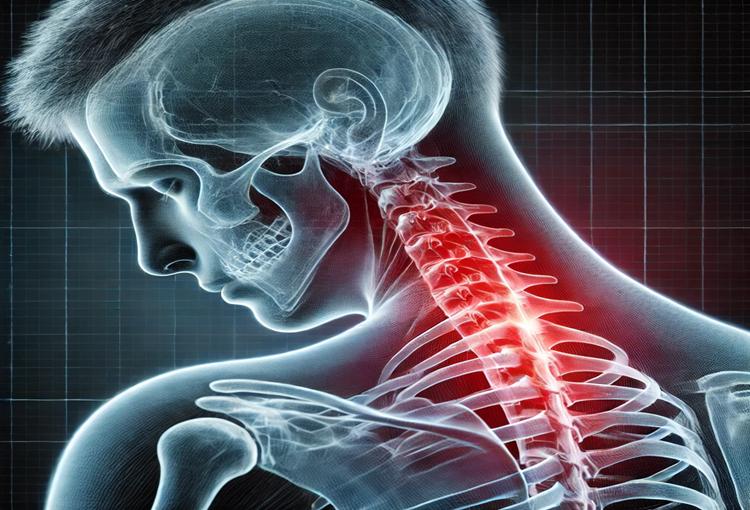Back pain affects millions worldwide. However, many people hold misconceptions that delay proper treatment. Therefore, understanding the truth behind back pain myths is crucial. With this knowledge, you can seek timely, effective care that improves your quality of life. Dr. Tarush Rustagi at Riva Clinic shares insights to help you separate fact from fiction regarding back pain.
Myth 1: Back Pain Always Means Serious Injury
Many believe back pain signals a major injury. However, the majority of cases stem from simple causes such as muscle strain, poor posture, or lack of movement. Consequently, severe injuries account for only a small fraction of back pain cases. Always consult a specialist if pain continues or worsens but avoid undue panic about every twinge.
Myth 2: Rest is the Best Cure for Back Pain
Contrary to popular belief, excessive rest can worsen back pain by weakening muscles. Instead, staying active with gentle movements and stretches helps maintain flexibility and promotes healing. However, follow your doctor’s advice during acute flare-ups to avoid aggravating injuries.
Myth 3: Surgery is the Only Treatment for Herniated Discs
Though herniated discs can cause pain, surgery is often unnecessary. Most cases improve with physical therapy, medication, and lifestyle adjustments. Surgery remains a last resort when symptoms severely affect daily life or neurological functions.
Myth 4: Sitting is Always Bad for Your Back
Sitting itself does not cause back pain; poor posture while sitting does. Similarly, prolonged standing without breaks can strain your back. Therefore, alternating between sitting and standing, with good posture, reduces spinal pressure and discomfort.
Myth 5: Aging Means Inevitable Back Pain
While aging brings natural changes to the spine, it does not guarantee pain. Regular exercise, good posture, and healthy weight help protect your back. Many seniors lead pain-free lives by adopting healthy habits and seeking timely medical care.
Myth 6: Exercise Makes Back Pain Worse
On the contrary, appropriate exercise is key to managing and preventing back pain. Low-impact activities like walking, swimming, and targeted strength training improve spine health and reduce pain. A healthcare professional can guide you on safe exercises tailored to your condition.
Myth 7: Spinal Surgery is Too Risky
Thanks to modern surgical advancements, spine surgeries today are safer than ever. Minimally invasive techniques reduce recovery time, pain, and complications. Nonetheless, surgery should complement, not replace, conservative treatments.
Myth 8: Back Pain Will Heal on Its Own
Some back pain resolves naturally, yet persistent pain signals the need for professional evaluation. Untreated conditions can worsen and cause long-term issues. Therefore, timely consultation with a spine specialist like Dr. Tarush Rustagi is vital.
Helpful Tips for Back Health
-
Maintain an ergonomic workstation
-
Take regular breaks to stretch and move
-
Strengthen core muscles through exercise
-
Practice proper lifting techniques
-
Maintain a healthy weight
Get Expert Care for Your Back Pain
Don’t let myths prevent you from seeking care. At Riva Clinic, Dr. Tarush Rustagi offers expert diagnosis and personalized treatment plans for all types of back pain.
Understanding these myths empowers you to take control of your spine health. Stay informed, stay active, and consult experts for the best care.



